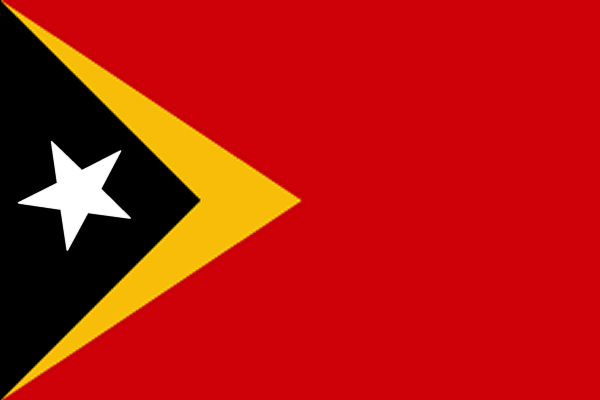11, October 2007
The presentation was done by Mr. Habib Ouane, Director of the Division for Africa, Least Developed Countries and Special Programmes
“Members States of UNCTAD, in paragraph 33 of the São Paolo Consensus, decided that UNCTAD should enhance its work on the special problems of LDCs, small island developing States, and of landlocked developing countries as well as structurally weak, vulnerable, and small economies.”
A background note on the issue is available on UNCTAD’s web page: TD/B/54/CRP.4
According to Mr. Ouane there is a common set of issues among all these countries (92).
The smallness:
- it’s a major handicap in all LDCs, 50. No country of a population above 45.000 citizens can be considered as an LDC.
- LLDCs: 31 countries among witch 16 are also LDCs.
- SIDS: this category has been established in 1994 in Barbados. And it’s only since then that island are considered by the UN system as small.
The structural weakness:
- the criteria to identify an LDC among the UN system is the capital, the economy diversification, the primacy of producing capacity development.
- landlockness constitutes a break for development.
- in the SIDS, there is a weakness of economy concentration and marginalisation from international economy.
As for UNCTAD, the vulnerability is most a matter of LDCs.
They are 3 lines of action in UNCTAD’s work in favour of SWVSEs: advising on implication of countries status; analysing and explaining issues; offering direct assistance to relevant countries (international tourism, cultural industries, technologies learning, knowledge factor)
Who are these SWVSEs ?
There are 2 ways of answering.
- leave the answer at the discretion of the interested members States. Let the member States decide and define themselves as in the World Trade Organisation.
- in UNCTAD we make an effort to delaminate the groups through criteria. We try to carry out the identified exercise in a proper manner: analyzing the 3 implicit criteria structural weakness, smallness and vulnerability; selecting relevant variables:
To define the SWVSEs, structural weakness and vulnerability are captured simultaneously through the UN exposure Index. The latter is most desirable to capture the vulnerability: share of primary sector GDP; Index of merchant export concentration; population in logarithm; index of remoteness.
The smallness is captured through the GDP. São Tome and Principe had the weakest GDP in 2005. Mr. Oaune reminded that Palestine received attention from UNCTAD although it doesn’t belong to any UN category.
What can UNCTAD do for the SWVSEs?
-Support paramount development goals of SWVSEs
- build economy resilience as response to vulnerability
- UNCTAD’s action to reduce structural disadvantages. There are 2 areas of assistance and support: institution capacity building and assistance (investment policies); trade policy (facilitation, transport, e-commerce, customs).
- UNCTAD’s action to enhance economic specialization: primacy sector (commodity related information); secondary sector (support entrepreneurship, dynamic and new sector on World Trade, enterprise competition); tertiary sector (tourism, creative industries, and other services: health, music…)
International tourism is the only permanent task force on UNCTAD.
Some other approaches to SWVSE s:
- Regional approach: central America (9 SWVSEs), Africa (6 non LDC)
- Cooperation with other organisations: Regional Economic Commission, World Bank, African Development Bank, Asian Development Bank, Asia Development Bank, International American Development Bank.
In conclusion, Mr. Habib Ouane said that countries should be more responsible in calling for UNCTAD assistance.
IPF
Inscription à :
Publier les commentaires (Atom)

Aucun commentaire:
Enregistrer un commentaire